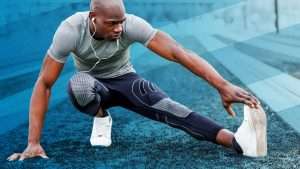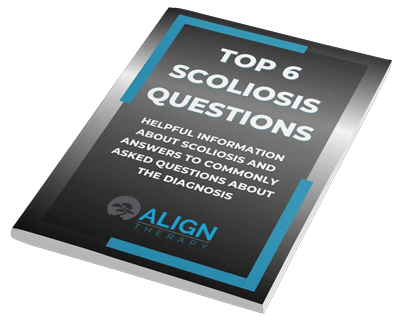I have never been a runner, especially a distance runner. Before training for a half marathon the furthest I have ever ran was around 4 miles.
Training for the American fork half seemed very daunting and definitely out of my comfort zone, but it has always been a goal of mine.
I am very glad I pushed myself to run the half marathon and it gave me a better perspective on what athletes do and what they put their bodies through.
From running the half marathon a learned a lot of what my body is capable of and also what not to do and what I wish I would of training with my training. Hopefully this helps you give tips for training for your half marathon.
Follow the Training Schedule

Some may think this is a no brainer, but it is easier said than done.
For my first half marathon, I trained exactly according to schedule for the first 9 weeks.
My body was feeling good and I was actually enjoying the challenge. Long runs weren’t that long yet, so every run felt great.
Because I felt like I was doing so well I would add extra rest days or let myself skip a training day.
I went on a 2 week vacation and it took me a total of 3 weeks to get back into the swing of things, which I felt like set me back a little.
Cross Training

I wanted to focus on properly training because I have worked with many patients who suffered with injuries that could have been prevented if they were more compliant with their training. I trained for about 18 weeks before the half marathon and meshed together several training plans to create one, that I felt would work for me.
I did not realize how time consuming training for a race was! My goal was to stretch at least once a day and run 3 days a week and cross train 2 to 3 days a week with biking, stair stepper, and strength training.
Over time I started to slack on my goals to cross train and began to solely focus on just meeting my milage, which was a mistake for me.
I was falling behind with my strength training and stretching. I began to experience mild hip pain during my longer runs, but on race day the mild hip pain was pretty significant during the last four miles of the race.
Thus, I learned my lesson that strength training and stretching is important to prevent injuries and it is something the next time I will not push aside.
Speed Training

There are so many training plans and different running advice out there, that it almost feels like all these fad diets that are supposed to work miracles. Luckily I had Dave, who is the master at running, to help me filter out what I should and should not do with my training.
Advice I wished I would’ve followed was to speed train. There are different ways you can speed train whether you run at your max speed for 30 seconds than walk or run several miles as fast as you can.
The reason speed training is beneficial is, we have slow twitch and fast twitch muscle fibers, which is a science-y term for muscle cells. For long distance runs you rely more on slow twitch fibers and for faster runs we use more fast twitch muscle fibers. I definitely have realized I need to develop my fast twitch muscle fibers more.
What I experienced when I obedient on speed training was I was actually more sore speed training for 2 miles than I was running running a steady pace for 6 to 8 miles!
Speed training reduces our risk of injury if you do it right. Speed training puts your muscles through a fuller range of motion. It trains more muscles/ muscle fibers within the muscles that develop a better muscle balance.
Find the Right Running Shoes

Going into this I knew finding the right running shoes were important, but didn’t quite know how critical it was until I started hurting.
I have worn asics for over 8 years and they were the first shoe that did not hurt my feet with any activity.
The more I trained the more I was experiencing heel and arch pain that seemed to get worse. I finally decided to make the financial sacrifice and invest in quality running shoes.
The shoes that I end of buying were Altra running shoes. They worked the best for me especially because I have bunions and wide feet. The pain I was experiencing seemed to almost immediately dissipate.
I would definitely recommend getting fitted for the right running shoes at a quality running store. Running shoes that fit your feet help reduce the chance of knee, ankle, or foot injuries, and increase your running enjoyment considerably.
Final Thoughts
I am very glad I went through the journey of training and running a half-marathon and I have learned many dos and the do nots that I will incorporate for my next race!
Go run a Race even a 5K is a rewarding experience!
For more Running Related Information, check out our RUNNERS PORTAL!
If you have any specific questions on training or injuries that come up, feel free to email us at david@aligntherapyutah.com or at (801)980-0860.
Charlene Nordhoff, Physical Therapist Assistant



